A Hoya plant is a type of tropical succulent vine that is native to Southeast Asia, Australia, and some Pacific Islands. It belongs to the plant family Apocynaceae, which includes other well-known plants such as oleander and periwinkle.
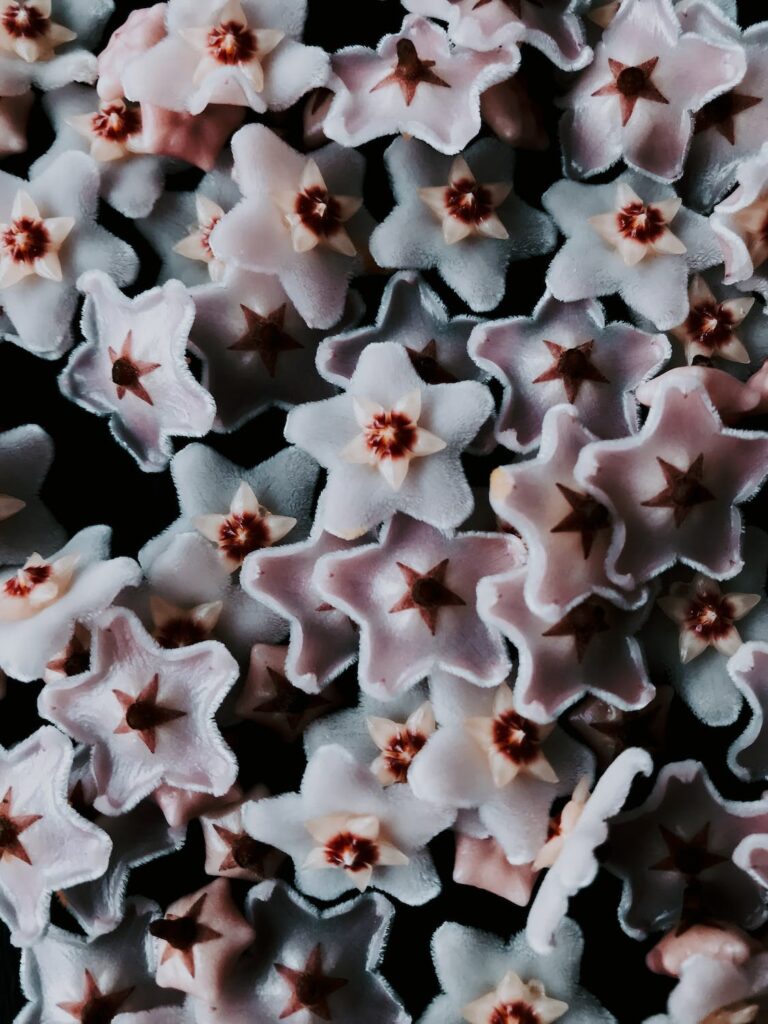
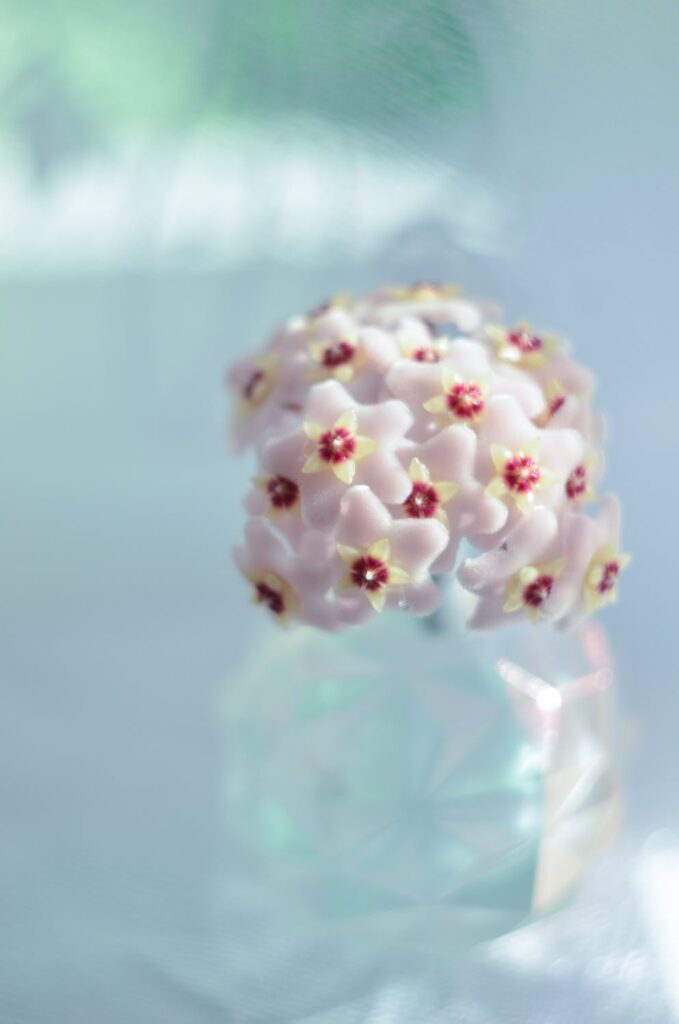
Table of Contents
Description
Hoya plants, known as wax plants, due to the waxy texture of their flowers and leaves. The flowers of Hoya plants are often highly fragrant and can range in color from white to pink, red, and purple. Hoya plants are often grown as indoor houseplants. They are popular among plant enthusiasts for their unique foliage and attractive flowers. They are relatively low-maintenance plants and can tolerate a range of growing conditions, making them a great choice for beginners.
Hoya plants are also prized for their attractive foliage and unique flowers, which can add a pop of colour to any indoor space. Overall, Hoya plants are a great choice for indoor plant enthusiasts looking for a beautiful and easy-to-care-for addition to their plant collection.
Varieties of Hoya plants
There are many different species of Hoya plants, each with their own unique characteristics and growing requirements. Some of the most popular types of Hoya plants include:
- Hoya carnosa: This is one of the most common types of Hoya plants and is known for its fragrant, waxy flowers that can range in color from white to pink or red.
- Hoya pubicalyx: This plant has dark green leaves and produces clusters of dark purple to black flowers that have a strong fragrance.
- Hoya linearis: This Hoya plant has thin, wiry stems with small leaves and produces clusters of small, star-shaped white flowers.
- Hoya lacunosa: This plant produces small, fragrant flowers that are white or pale pink in color and have a unique star shape.
- Hoya kerrii: This plant is known for its heart-shaped leaves and produces clusters of small, white flowers that have a sweet fragrance.
- Hoya australis: This is a larger Hoya plant that produces long, trailing vines and clusters of white, star-shaped flowers.
These are just a few examples of the many different types of Hoya plants that are available. Each type of Hoya plant has its own unique characteristics and growing requirements, so it’s important to do your research and choose the right type of Hoya plant for your specific growing conditions and preferences.
Maintaining a Hoya plant
Hoya plants are relatively low-maintenance and easy to care for. Here are some tips for maintaining a healthy Hoya plant:
Light
Hoya plants prefer bright, indirect sunlight. Direct sunlight can burn their leaves, so it’s best to place them near a window that receives bright, filtered light.
If you don’t have a window that provides enough light, you can use artificial light to supplement the natural light. A grow light or fluorescent light can provide the right amount of light for your Hoya plant. Place the light about 6 to 12 inches (15 to 30 cm) away from the plant and keep it on for about 12 to 14 hours a day.
It’s important to note that different types of Hoya plants may have slightly different light requirements, so be sure to research the specific type of Hoya plant you have to ensure it’s getting the right amount and type of light.
Water
Hoya plants prefer to dry out between waterings, so it’s important not to overwater them. In general, you should water your Hoya plant about once a week during the growing season (spring and summer) and once every two to three weeks during the dormant season (fall/autumn and winter).The frequency of watering will depend on plant size, soil it’s planted in, temperature and humidity levels. To determine if your Hoya plant needs to be watered, check the soil with your finger. If the soil is dry to the touch, it’s time to water your plant. If it’s still moist, wait a few more days before checking again.
Hoya plants are also sensitive to overwatering and can develop root rot if the soil is too wet. To prevent this, make sure the soil is well-draining and avoid leaving water in the saucer or pot tray.
Soil and fertilisation
Hoya plants prefer well-draining soil that is rich in organic matter. A good soil mix for Hoya plants should be loose, airy, and have good drainage.
You can use a pre-made potting mix specifically formulated for succulent and cacti plants, which will have the right drainage and aeration qualities that Hoyas need. Alternatively, you can create your own soil mix by combining equal parts of perlite, coarse sand, and peat moss.
To further improve soil drainage, you can add some orchid bark or perlite to the mix. This will help prevent the soil from becoming waterlogged, which can lead to root rot.
When planting your Hoya, make sure the soil is well-draining and the pot has adequate drainage holes to allow excess water to escape. This will help prevent the soil from becoming waterlogged and ensure that your Hoya plant stays healthy.
Fertilising is important for the growth and health of Hoya plants. Use a balanced, water-soluble fertiliser with an equal ratio of nitrogen, phosphorus, and potassium (NPK) can be used. During the active growing season, Hoyas can be fertilised every two to four weeks. However, during the dormant season, it is best to reduce fertilisation or stop it altogether. It’s important not to over-fertilise as this can lead to salt buildup in the soil and damage the plant. Always follow the instructions on the fertiliser package and dilute it to half or a quarter of the recommended strength.

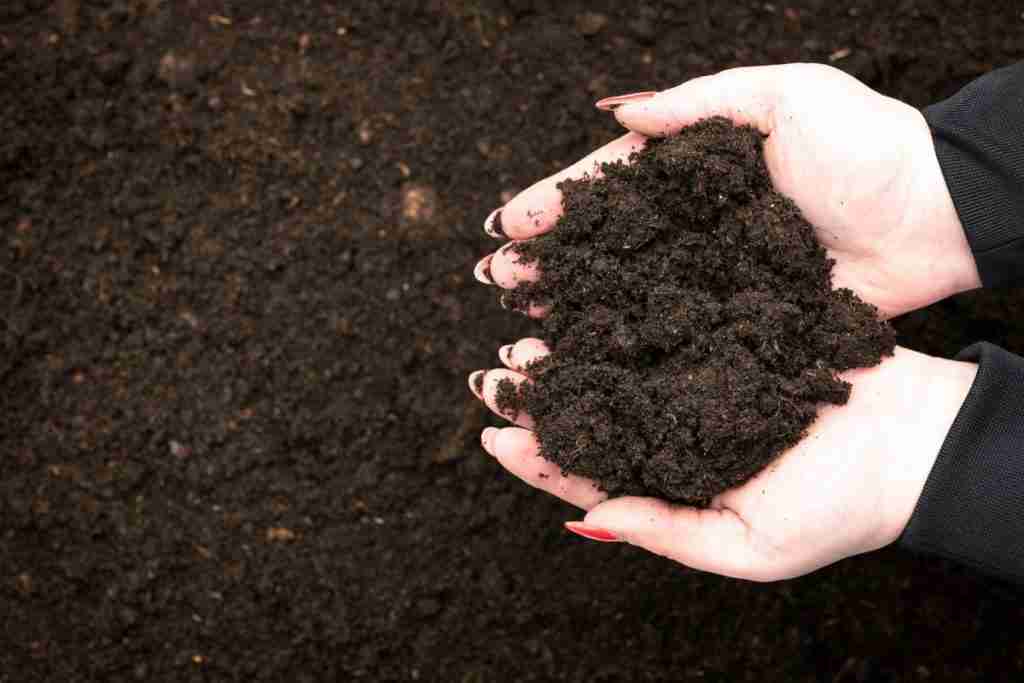
Temperature and humidity requirements
Hoya plants prefer warm temperatures and moderate humidity levels. The ideal temperature range for Hoya plants is between 60-80°F (15-27°C), with nighttime temperatures that are slightly cooler.
As for humidity, Hoya plants prefer moderate humidity levels between 40-60%. If the air is too dry, the plant may develop brown leaf tips or edges. You can increase humidity levels by misting the leaves with water or placing a humidifier near the plant.
It’s important to note that different types of Hoya plants may have slightly different temperature and humidity requirements, so be sure to research the specific type of Hoya plant you have to ensure it’s getting the right conditions. Additionally, avoid exposing your Hoya plant to sudden temperature changes or drafts, which can damage the plant.
Pruning
Hoya plants are relatively slow-growing, so they don’t require frequent pruning. However, you may want to prune your Hoya plant occasionally to keep it looking neat and promote new growth.
The frequency of pruning will depend on the size and shape of your Hoya plant and your personal preferences. You can prune your Hoya plant at any time of year, but it’s best to do it in the spring or summer when the plant is actively growing.
To prune your Hoya plant, use clean, sharp scissors or pruning shears to remove any dead, yellowing, or damaged leaves and stems. You can also prune back long, leggy stems to encourage bushier growth.
It’s important not to prune your Hoya plant too severely, as this can shock the plant and cause it to stop growing. Instead, prune a little at a time, taking care not to remove more than a third of the plant at once. By doing this, you can help ensure that your Hoya plant stays healthy and continues to thrive.
By following these simple care tips, you can help ensure that your Hoya plant stays healthy and beautiful for years to come.


How do I ensure that my Hoya produces flowers?
Hoya plants are known for their beautiful and fragrant flowers. They can however be a bit finicky when it comes to blooming. Here are some tips to encourage your Hoya plant to produce flowers:
- Provide enough light: Hoya plants need bright, indirect light to bloom. If your plant is not getting enough light, it may not produce flowers. Place your plant near a window that receives bright, filtered light, or use a grow light if necessary.
- Keep the temperature consistent: Hoya plants prefer consistent temperatures and can be sensitive to temperature fluctuations. Try to keep the temperature in the room where your Hoya plant is located between 60-80°F (15-27°C).
- Don’t overwater: Overwatering can cause stress to the plant and prevent it from blooming. Allow the soil to dry out between waterings, and make sure the pot has adequate drainage.
- Provide proper nutrients: Hoya plants benefit from regular fertilisation during the growing season (by using a fertiliser with a 20-20-20 or 10-10-10 NPK ratio, and follow the instructions on the label.
- Be patient: Hoya plants can take several years to produce their first flowers, so don’t be discouraged if your plant doesn’t bloom right away. With proper care and patience, your Hoya plant will eventually produce beautiful and fragrant flowers.
Repotting
Hoya plants are mostly root-bound, so they do not require frequent repotting. However, if your Hoya plant has outgrown its current pot or the soil has become compacted and the roots are showing on the surface, it may be time to repot. When repotting, choose a pot that is only slightly larger than the current one, as Hoya plants prefer to be slightly root-bound. Use a well-draining potting mix and make sure to water the plant thoroughly after repotting. It’s best to repot Hoya plants in the spring when they are actively growing.
Pest control
Hoya plants are generally low maintenance and pest-resistant, but they can still fall prey to some common houseplant pests. Common pests that can affect Hoya plants include spider mites, mealybugs, scale insects, and aphids. If your Hoya plant is infested with pests, isolate it from other plants to prevent the spread.
Depending on the type of pest, you may be able to remove them by simply wiping the leaves with a damp cloth or spraying the plant with water. For more persistent pests, you may need to use an insecticidal soap or neem oil spray. Be sure to follow the instructions on the product label. After treating the plant, monitor it closely for any signs of recurring pests. Check the plant regularly to catch any new infestations early.
To prevent future infestations, maintain good plant hygiene by keeping the leaves clean and removing any dead or decaying plant matter. Additionally, inspect any new plants before bringing them into your home to ensure they are free of pests.
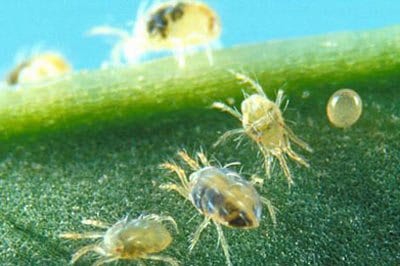
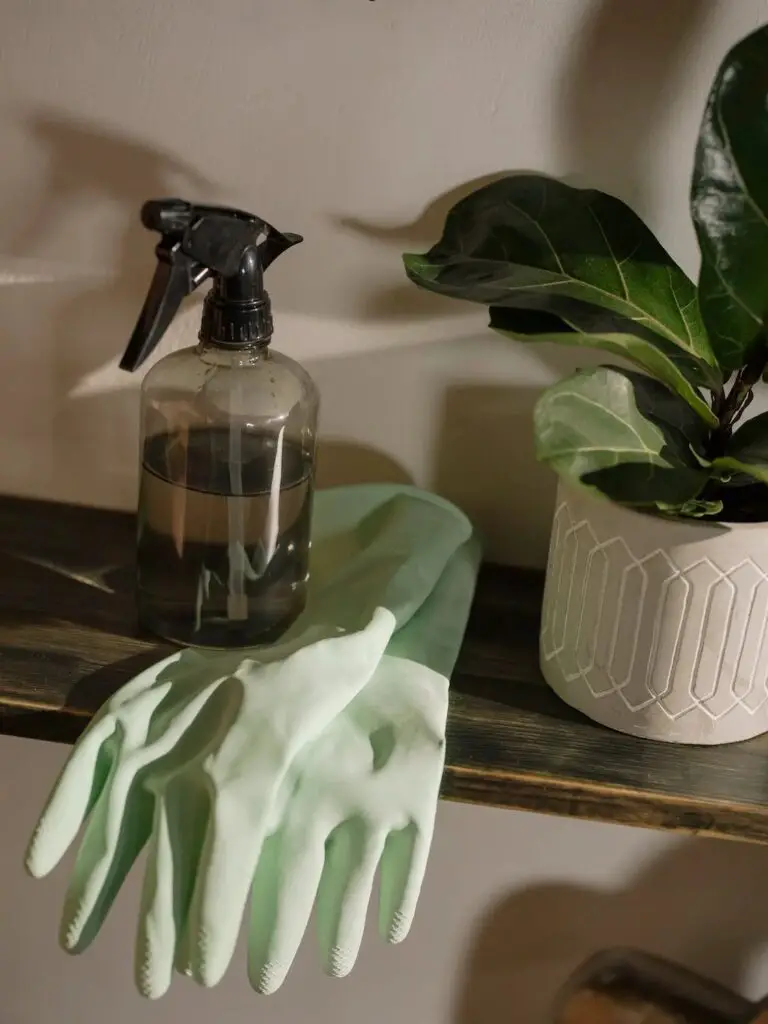
Conclusion
Hoya plants are a beautiful and low-maintenance addition to any indoor garden. They are easy to care for and can thrive in a variety of indoor environments, as long as they are provided with the right amount of light, water, and nutrients. To maintain a healthy Hoya plant, be sure to provide it with well-draining soil, consistent temperatures, and moderate humidity levels. Additionally, regular pruning can help keep your plant healthy and encourage new growth. With proper care and attention, your Hoya plant will reward you with beautiful and fragrant blooms.
